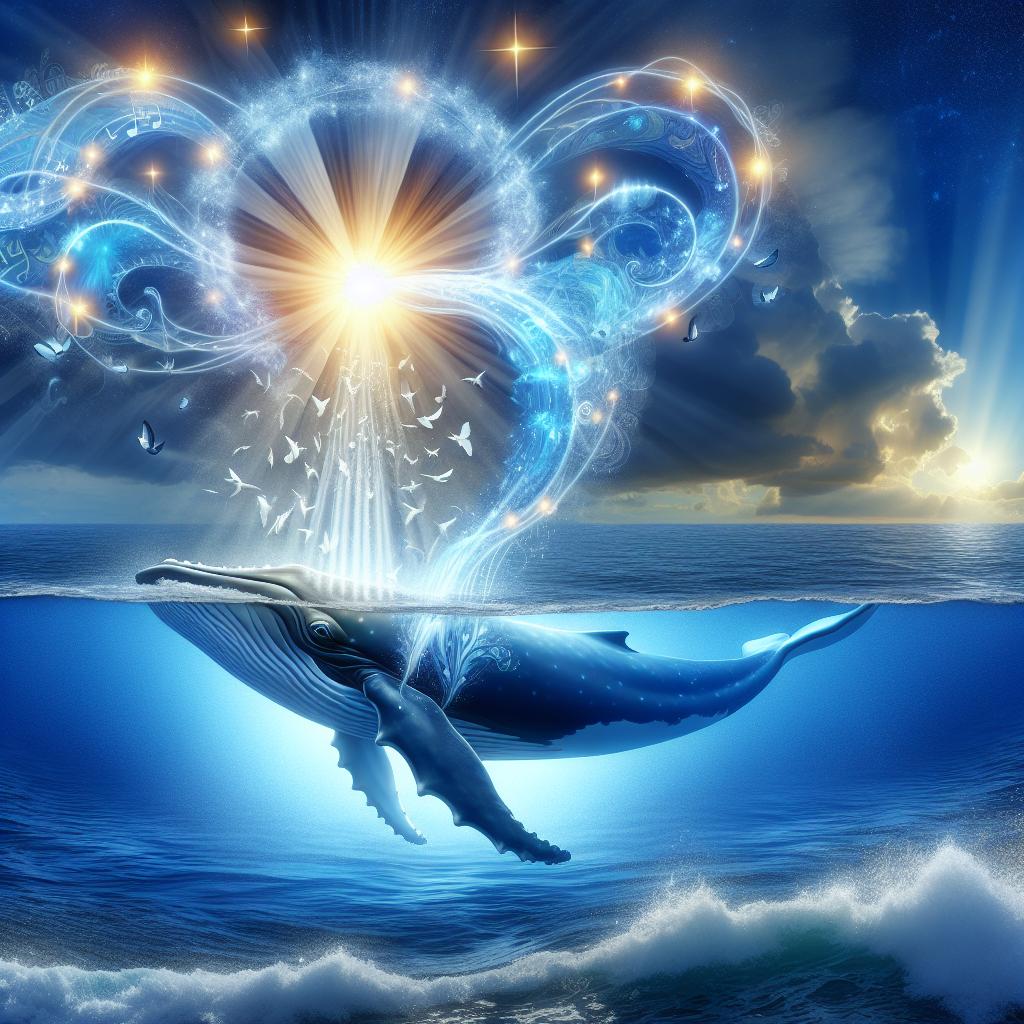
Divine Insights: Exploring the Spiritual Significance of Baleen Whales' Sensory Organ
Published: 13 June 2024
Baleen Whales: A Marvel of Design
Baleen whales are some of the largest creatures to have ever inhabited the earth. The blue whale, for instance, can reach lengths of up to 30 meters (100 ft) and weigh around 200 tonnes. These magnificent creatures differ significantly from toothed whales, which evolutionists claim they evolved from. Instead of hunting large prey, baleen whales have a unique feeding strategy. They engulf massive amounts of water into their mouths, up to 80 cubic meters (3,000 cubic feet), and filter out their food using comb-like bristly plates made of keratin, similar to hair and skin. This food primarily consists of small fish and shrimp-like animals called krill, with each gulp amounting to about 10 kilograms.
The largest group of baleen whales is known as rorquals (Balaenopteridae). Rorquals possess pleated folds of skin along the lower jaw that allow their mouths to expand tremendously. Additionally, their lower jaw bones are not fused, allowing for sideways expansion. These adaptations are crucial for their unique feeding method called "lunge-feeding," which involves swimming at high speeds to generate the necessary pressure for engulfing prey. Lunge-feeding has been described as the most significant biomechanical event on earth.
Sensory Organ: A Key Component in Lunge-Feeding
Researchers led by Dr. Nick Pyenson from the Smithsonian recently made a fascinating discovery related to baleen whales' feeding mechanism. They conducted a CAT scan on a whale's jaw and found an extraordinary organ about the size of a grapefruit. This organ is densely packed with nerves and blood vessels and is located within the fibrous cartilage tissue connecting the tips of the lower jaw.
The research team believes that this sensory organ plays a vital role in coordinating the complex process of lunge-feeding. It detects the dynamic rotation of the jaws during mouth opening and closure, providing the necessary input to the brain for initiating, modulating, and concluding the engulfment of prey. Furthermore, this organ likely helps rorquals sense the density of their prey when preparing for a lunge. Notably, it serves a protective function by preventing damage to the unfused jaws due to the immense energy involved in this extreme feeding method.
The Design Dilemma
Common sense would lead us to conclude that this sensory organ is a remarkable design feature. However, the researchers feel compelled to attribute it to evolution without providing any step-by-step mechanism. They assert that this organ evolved before other rorqual features, such as their large size and unique adaptations for lunge-feeding, developed. Astonishingly, they claim that it acted as a "pre-adaptation" responsible for enabling rorquals to become the largest animals on earth. However, it becomes evident that the need for such a complex organ arises solely from their large size and the enormous energy requirements of lunge-feeding. The notion of a "pre-adaptation" reflects their inability to explain the selective forces that could have produced this organ.
Why This Matters
The discovery of this sensory organ adds another layer of complexity to our understanding of baleen whales and their remarkable feeding strategy. It highlights the intricacy and precision required for these magnificent creatures to thrive in their marine environment. This finding challenges the evolutionary narrative, which fails to provide a credible explanation for the origin and development of such intricate biological systems.
Think About It
Consider the incredible design required for lunge-feeding in baleen whales. The coordination needed between their jaws, tongues, throat pleats, and blubber layer is mind-boggling. The discovery of this sensory organ further emphasizes the awe-inspiring nature of these creatures and invites us to ponder the Creator's wisdom and ingenuity. As Christians, we can marvel at the evidence of God's handiwork in the natural world and find comfort in the knowledge that He has designed every living creature with purpose and care.
